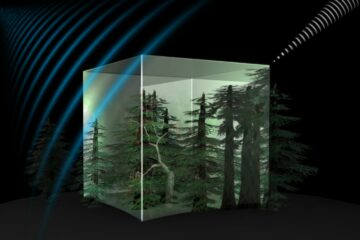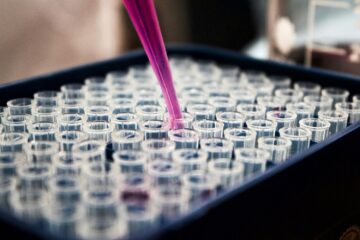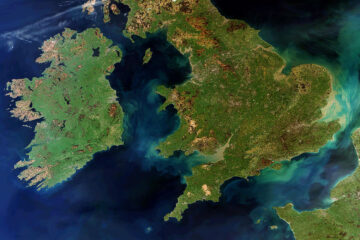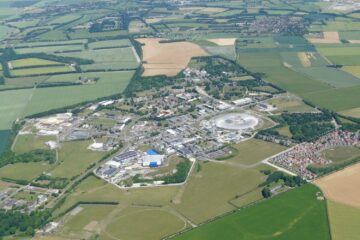Research commercialisation is the process by which new or improved technologies, products, processes and services that have arisen from research are brought to market. It is a valuable mechanism that enables us to solve real problems and fulfil unmet needs, creating significant economic and societal value as a result.
The route to success is shaped by the unique nature of your innovation, your target market and long-term goals. UKRI is here to help you navigate the commercialisation landscape, supporting you every step of the way.
Commercialisation routes for researchers
Find out how we can help maximise the commercial relevance and value of your work.
Visit the UKRI funding finder to view live opportunities for researchers.

Block award funding
Funding awarded to institutions to allocate

Project funding
Direct funding for knowledge exchange and commercialisation projects

Fellowships and training
Helping people become innovators
Commercialisation routes for business
UKRI is committed to supporting businesses to grow and scale.
Get help setting up, expanding and scaling your new business at the Innovation Hub.

Business innovation funding
Helping established businesses grow, scale and expand

UK Innovation and Science Seed Fund
Government-backed early stage patient capital
Commercialisation routes for academic-business partnerships
Find out how we help partnerships between academia and business flourish.
Enhance your networks and discover the latest innovation opportunities at konfer.

Funding for connecting capabilities
Building capacity and expertise across the UK

Collaborative programmes and industry-led research
Collaborations for innovation tackling industry needs

Collaborative training
Joint industrial-academic training for researchers
Beyond financial support
Find out how our infrastructure, expertise and networks can support your innovation journey.

Research campuses and clusters
Find out about UKRI locations and the ecosystems they support

Business development services
Support and coaching for businesses, including Incubators and specialists

Business and policy engagement
Initiatives supporting private, public, and civil sectors working together

Access to facilities and infrastructure
Find out how to access UKRI’s facilities, from lab space to rapid prototyping

Networks
Connecting people and sharing expertise
